

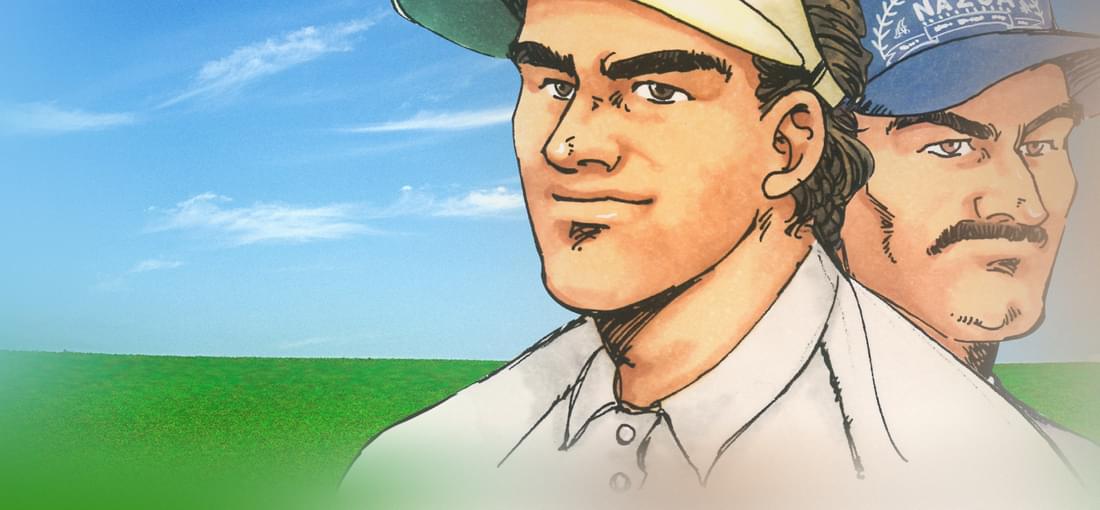

Neo Turf Master is a better and smoother golf simulator than one expects for its age. Its graphics are retro but still nice to look at with very smooth animations on your golfer and well-drawn environments, and the gameplay is less clunky than similar games from around this time. It's important to remember that this is an Arcade-style golf game, so expect the fast paced "rushed" feel that classic arcade games offer. You don't have a ton of time to set up your shot so you'll have to think fast. Also, the game uses a "life" system which, by default, takes away one life every time you play a hole and takes an additional life if you bogey that hole. You score an extra life for a birdie but combined with the 1-life loss per whole, it just makes you break even. If you run out of lives all you have to do is add a credit and continue on, otherwise your game ends. This might seem like an odd feature for those not used to arcade-style sports games but it's sort of a fun challenge to see how far into the course you can get on a single continue. The game isn't without its flaws, From what I can tell, there's no way to aim at a specific spot on the course, the only information you're given is the length to the hole, the max distance of the club, and the direction you're pointed in. But for example, if you're looking to lay up a shot in front of a water hazard, you'll just have to take your best guess at what club you'll need as it only tells you the distance to the flag and not on any specific spot. The arrow on the map is generic and doesn't denote distance. The map and game-world don't entirely line up either so aiming right at the flag is tricky. Putting is frustrating. Figuring out the control scheme takes some time as apparently it's not accurately presented in the options and although you can use a controller, I couldn't find the mapper for it if there even is one. So you'll have to experiment. Once you figure out the quirks it's a simple, fun game to play.
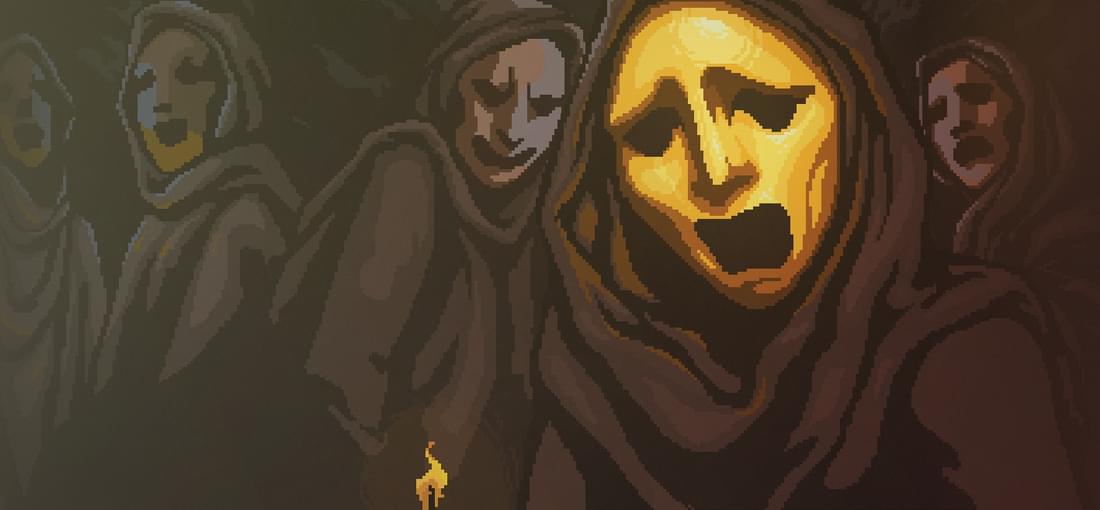
The Last Door: Season 2 is a direct sequel to the first game and sums up the chilling mystery in a satisfying way, at least in my opinion. Like the first game, the story is set in England in the late 1800's. The gameplay is point-and-click intensive, centered on collecting items and solving puzzles by figuring out what to do with objects or how to combine them. There is no dying or losing, you are just simply completing the puzzles and tasks as you learn more of the tale. The puzzles seem tougher now than in Season 1, requiring you to travel to multiple locations within a given episode, rather than sticking to one, main location like in the first season. The game is improved in a variety of ways, with more "detailed" closeups of puzzles and objects, more complex environments, and some streamlined features such as hints being readily accessible during the puzzle they refer to. The story remains unsettling as the mystery of the occult activities gets deeper, expanding to new characters and locations. I have seen complaints that this game explains too much and while it is true that the final chapter has a lot of "flashback" scenes to explain the motives and activities of the "Four Witnesses," there is still plenty of mystery left over when the game is over, and much more to contemplate. It ties nicely into the previous season with callbacks and revelations which explain some of what was left unanswered, previously. The narrative eventually delves into oppressively dark and confusing places, which will please or alienate players based on their taste. Overall I was satisfied with this follow up to Season 1 and would certainly recommend it to fans of point-and-clicks as well as fans of classic horror.
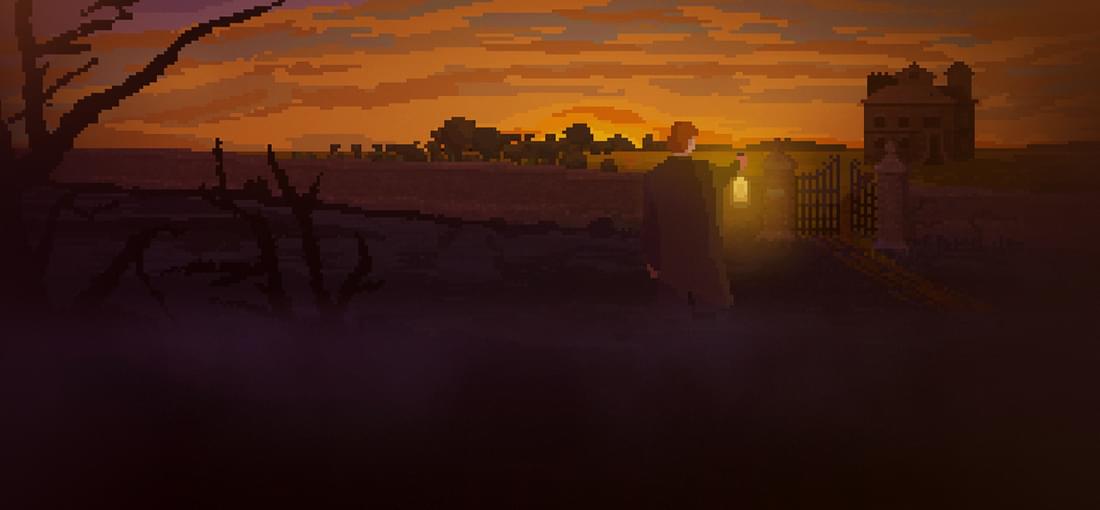
Let me preface this by saying that I don't play a lot of point and click games, in fact his might be the first one I played for any significant length of time. But it was certainly a good place to start. The Last Door is a story-driven game where you take the role of Jeremiah Devitt and explore an otherwordly host of locations in a search to remember a dark, occult piece of your past that is perhaps best left behind you. The game features an array of horror cliches, such as being beckoned to a friend's manor via a cryptic letter, but they are well executed and never feel too cheesy. The gameplay is quite simple, requiring you only to click on an area to walk there, and click on objects and people to either observe them, use them, collect them, or talk to them. Your inventory is displayed at the bottom of the screen, and using it is as simple as clicking on an item, and then clicking on the object or person to which you want to apply it. The game features a retro-style low-res graphical style, requiring you to use your imagination for the fine details. Despite this, the game uses imagery and a haunting soundtrack to provide a genuinely unnerving experience, utilizing suspense to keep the player tense and a few jump scares at just the right time for maximum effect. Puzzles aren't too difficult and mostly involve finding the right item for the task at hand, rather than solving one, self-contained riddle. Some of the solutions will only reasonably be discovered through experimentation and trying every possible option (I was somewhat incredulous about how you end up getting your hands on a bulb for the photo darkroom) but there's no time limit so you need only take your time and try everything out. The game ends on a cliffhanger which leads right into the sequel so don't expect much for closure. Overall it's a brief but solid horror experience sure to satisfy anyone who's a fan of point-and-clicks, and in my case, perhaps even those who aren't.
ROTT is a very faithful reboot of its source material, but therein lies the conflict. If you're a fan of the original and 90's shooters in general then you very well might love this because it's very much designed with the original in mind, complete with unlimited bullet weapons, dual pistols, all the classic missile weapons and powerups such as "Dog Mode," floating platforms, trampolines, and traps for days. You likely won't like it if you're unfamiliar with the original, you'll just think it's weird. The gameplay is fast and aggressive with no pretense of strategy. All you can really do is keep moving and keep shooting, just like a classic FPS. Graphically the game is behind its time so if you're a graphics snob then it won't be for you. It certainly doesn't come off as a AAA title. The game's attempt at humor works mainly if you're a 12 year old boy. There are a few in-jokes worth a snicker but otherwise it's just typical dirty jokes for the sake of dirty jokes. The characters are also quite profane. There are a number of shortcomings to keep in mind. The game IS buggy. I had to reload a save once because I couldn't walk through an open door and have repeatedly had to restart because I got stuck and couldn't move. Enemy hitboxes are spotty at best. A new weapon, a type of shotgun that appears unlisted in the manual, frequently fails to damage enemies even at close range and is a very inconsistent weapon as a result. The game is also annoyingly cheap at times in terms of ambushing you with a trap. Crushing you in a wall because you didn't know what would happen isn't a legitimate way of ratcheting up difficulty in my opinion. Most deaths will probably be trap related, or due to platforming deaths. The final boss is also exceedingly cheap. If he gets you it's often because you got stuck on him, or this unavoidable attack he does which pulls you toward him and usually into lava. Overall it's a fun love letter to the original, but it's not without its flaws.
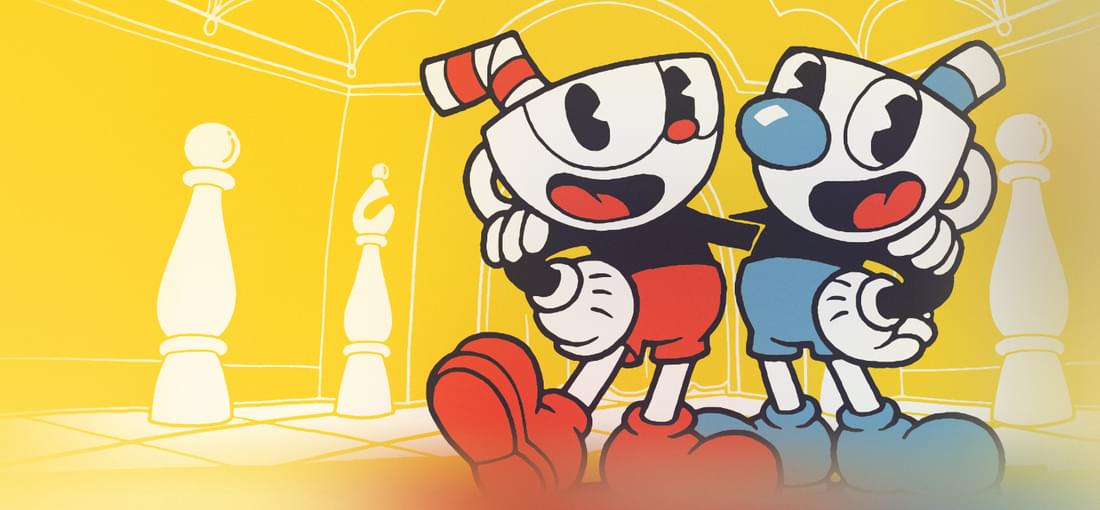
Cuphead's 2 claims to fame are the classic 1930's style cartoon graphics, which are executed impeccably, and its relentless difficulty, which is...not without its flaws. The game play is similar to the classic Run n' Gun games of the old days, like Contra, Metal Slug, Ghosts n' Goblins, etc. It's a fast paced shooter which requires reflexes to survive and, more accurately, many, many deaths until you start to recognize the patterns. However, there are only a handful of actual run-&-gun style stages, which are there for the sole purpose of collecting coins to spend on upgrades. The primary gameplay is based on boss fights which only take a few minutes to complete if successful, but will feel much longer due to all the deaths. Cuphead is the kind of game where you can't be afraid to die and must be willing to play the same stages over and over again. There are no checkpoints, you either beat the stage from start to finish, or you don't. The game's main flaw comes in the form of how the difficulty is ratcheted up. Many enemies don't attack in the exact same patterns and will use multiple kinds of attacks at once, the sequences being largely random. This often leads to situations where avoiding damage is impossible or, at best, unrealistic. An enemy's random sequence of attacks might leave literally all areas of the screen unsafe for the player and the key to victory might just be hoping that this specific situation doesn't occur, and making sure to win when you're actually given a reasonable chance to win. This is especially true for the final boss who frequently traps you in ridiculous situations where evasion is virtually impossible if he happens to do certain things at the same time. It doesn't come off as an intentional challenge but rather, a random, unfortunate sequence. That said, Cuphead's pretty good if you can live with the frustration. The visuals are stunning and the action is fast and compelling. It's definitely worth a look for the art direction alone.
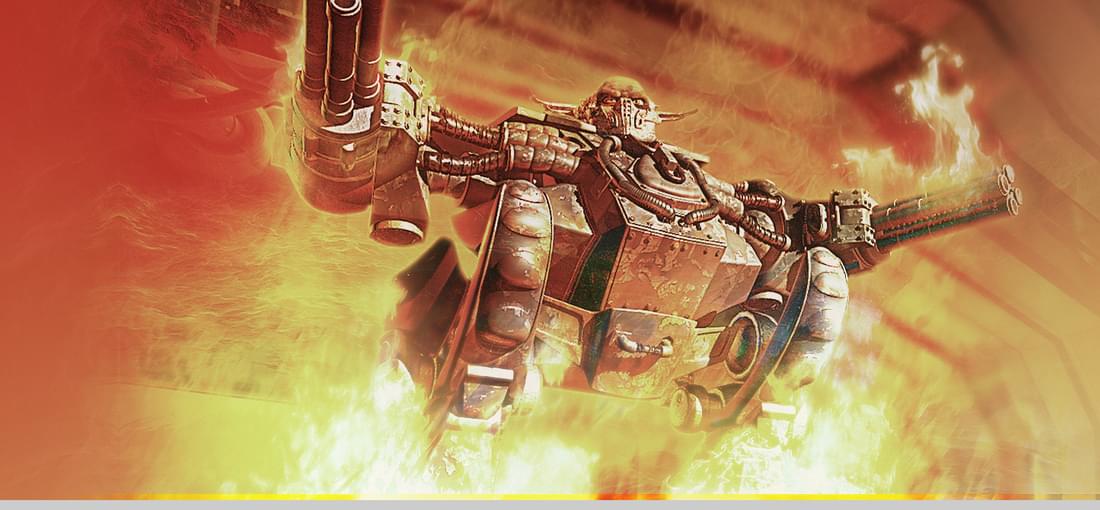
I wanted to like this game. I could mention that somehow the camera movement with the mouse is awkward and makes it hard to tell which way you're looking. I could mention that the bullet time thing is annoying but the aforementioned awkwardness makes it a bad idea to turn it off since you need that extra time to reorient yourself. I could mention that the hints scroll too fast. I could mention a lot of things. But mostly, I think it's important to mention that most of my deaths have been a result of falling through the floor or getting stuck in the floor. If that doesn't bother you, go for it.
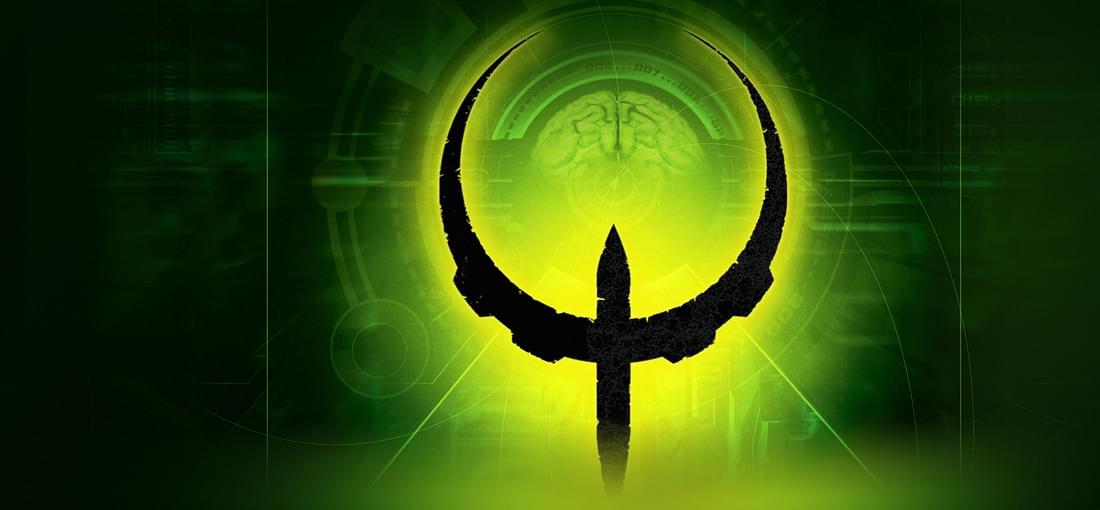
First and foremost, there's a way to fix the awful graphical quality by editing a setting in your config file but I'll let you do the minor searching necessary to figure it out for yourself. I'm relatively new to the Quake series and can't claim to have years of loyalty to the series so this review is mostly from the perspective of an impartial onlooker, not a lifelong fan. Simply put, Quake IV is a shooter. It doesn't have much of a "hook." It looks and feels a LOT like Doom 3 to the point where it could almost be a sequel, although the action seems to be more aggressive. The gunplay isn't bad and usually feels pretty good. A lot of the guns seem to have a good "kick" to them, especially the upgraded nailgun. You get upgrades and guns in relatively unceremonious fashion, usually a squad member just hands you a gun or upgrade and you're on your way. Much of the game is spent with your squad which I personally don't like, I prefer the classic go-it-alone approach to FPS games. There are times where you're made to scout out on your own but you'll soon meet up with another squad and continue with the team. A ways into the game, you're given an upgrade which increases your health capacity and most importantly, your speed. This enhances the game's pacing and makes it feel more like a classic run 'n gun shooter, making the second half better than the first. Most levels are quite short and linear, which is a matter of taste. I prefer more exploration. There isn't much for secrets to find. Some levels make you man a turret, tank, or walking mech. The guns on these machines can be fun but as with most games, these vehicles usually create more problems than they solve so I could do without these levels. Enemies aren't that special or memorable, same with bosses. They can be tough but nothing really stands out about them. Overall Quake IV isn't really groundbreaking but it's a fun shooter. If you just want some simple face-shooting action, it does the job and nothing more.
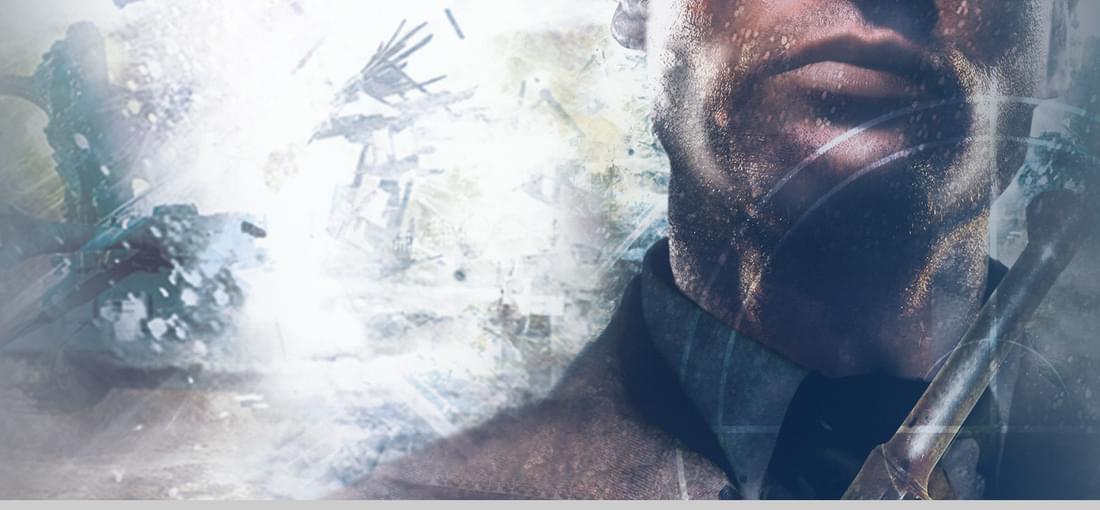
Death to Spies: Moment of Truth is the sequel to this one and is a decent if flawed espionage game. Unfortunately, the developers seemed to have used the first outing as their practice-run. The concept is there. Changing clothes to blend in, lock-picking, crawling, taking guys out silently...but there's just too many bugs which makes me wonder how it got as many positive reviews as it did. I frequently run into a bug which creates seemingly invisible barriers in front of doors, making the player character advance extremely slowly. This bug also often results in causing the camera and the player to become unsynced, so the player ends up moving sideways instead of where the camera is actually pointing. You might also attempt to jump onto to float in the area for many seconds which, as it turns out, is very suspicious to the enemies. I give it two stars because I was willing to go as far as the second level and who knows I might try again later but it's just simply too broken of a game to really succeed where it tries. The good news is that Death to Spies: Moment of Truth is a lot more polished so if you want this kind of experience, get that one, instead.
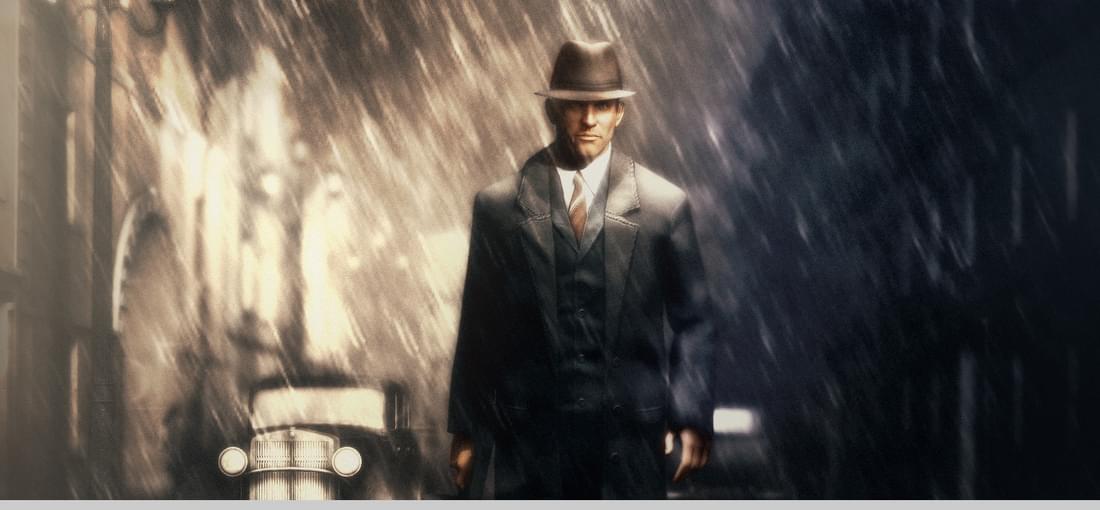
Death to Spies: Moment of Truth is a WWII themed take off of the Hitman series. Although very similar in play to the original Death to Spies, the game significantly improves basic functionality over the original and is, in my opinion, the one to buy. The game is extremely demanding and relies heavily on trial and error. You shouldn't expect to complete a mission on the first attempt although if you do, it is an incredibly gratifying feeling. There are only seven missions but the gameplay is drawn out through the high difficulty curve. The missions involve anything from stealing classified documents to assassination to sabotaging weapons, and more. The stealth is primarily social-stealth. You're not so much trying to stay unseen as you're trying not to blow your cover. Once you steal an enemy uniform, you can move more freely among the area although not every uniform works in every situation. Low-ranking uniforms won't grant you easy access to the most secure areas but you'll find it harder to fool the enemy if you're wearing the uniform of a very high ranking officer. Enemies can be stunned or killed, unless specified in the mission briefing, through means such as strangulation, chloroform, a swift punch to the head, gunshots, and other methods. Missions are quite open ended. There's usually a laid-out method to try but you can usually complete the mission however you wish, so long as the objectives, as described, get done. It might be smarter to try to poison an assassination target but you can just shoot him in the head if you can get away with it. You'll utilize lock picks, smoke bombs, noise-lures and more en route to a successful completion. The game can be quite unforgiving and downright cruel with things such as random frisk-searches and unexpected enemy reactions to certain actions, leading to some frustrating failures. If you're looking for the undercover espionage experience, favoring brains over brawn, then this game might be a good choice for you.
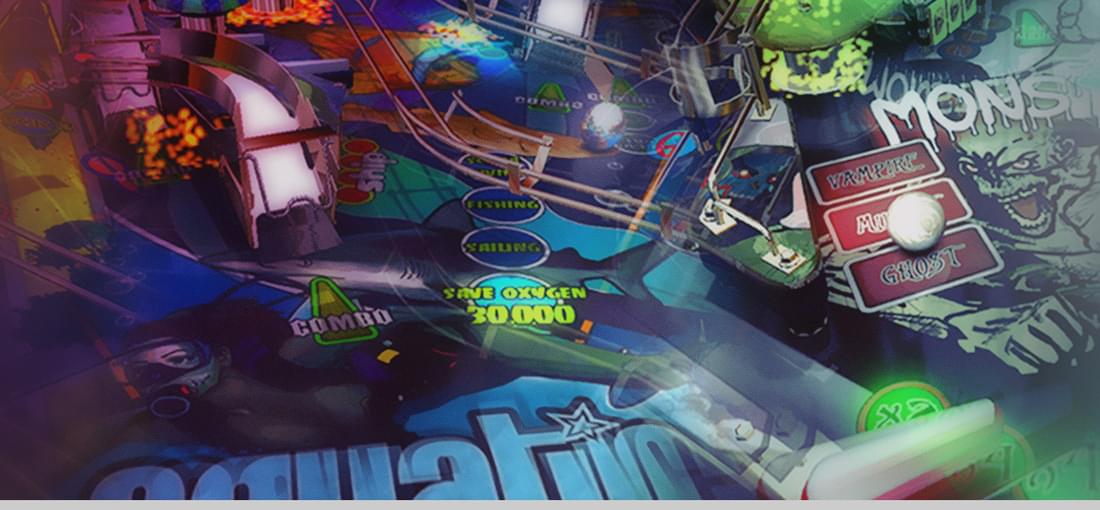
Dream Pinball 3D is a game that I own on 3 different platforms. It's not because the game is good, it's because I'm a lunatic for pinball sims and will play them in pretty much any form they exist. Dream Pinball offers six tables but you'd hardly know it based on the tables themselves. All of them are exceedingly similar in design which is a problem given that the core design of them isn't very compelling. If you're familiar with actual pinball tables, such as those featured in the incredible "Pinball Arcade" collection, also known as Pinball Hall of Fame in earlier iterations, then you'll realize immediately that these tables aren't designed with real pinball in mind - no thoughtfully made pinball table is designed like these. There is very little "flow" to the tables, the copious amount of extra flippers are often located in areas that merely send the ball into a wall of bumpers, and many of them are too hidden to reliably make use of them. Despite designed to look like a modern, complex table, all six Dream Pinball tables play like older tables in that you're basically just slapping at targets except without the rhyme or reason that even classic tables featured. Timed modes exist and every table includes Multiball, but these modes lack purpose. Ordinarily Multiball is accompanied by a jackpot shot usually on a ramp but that doesn't appear to be the case here for the most part. In fact, I recall a table, the one called "Monsters," where you're urged to shoot 3 spot targets during multiball for a reward of 1 Million points. Problem is, those same targets actually offer significantly more points if completed during single-ball play. What's the point? If you're like me and just want pinball - ANY pinball - then it might offer serviceable play for you but I can't sit here and tell you that the tables are especially exciting. Their relatively lifeless pinball tables that don't compel you to really take your time to learn the table and come to master it.